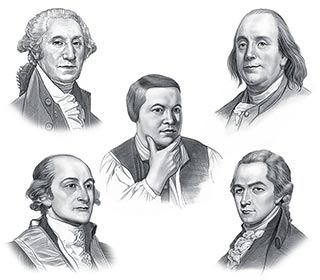Slave Plantations in the Colonial South
The agriculture system based on Slave Plantations was implemented in the Southern Colonies during the Colonial period. The five Southern Colonies who introduced the system of Slave Plantations were composed of the Maryland Colony, Virginia Colony, North Carolina Colony, South Carolina Colony and the Georgia Colony. The reason that Slave Plantations sprang up in the South was due to the geography and climate of the Southern colonies. Typical crops were cotton, Tobacco, Rice, Sugar and Indigo.
The Slave Plantations and the Slave Auctions
The slave trade started in West Africa when unfortunate men and women were forcibly dragged from their homelands and forced on to the slave ships. The slave ships followed a terrible 3000 mile route called the Middle passage to the West Indies and later to America. This Atlantic trade route was part of the English policy of Colonialism, Mercantilism and Triangular Trade. One the slaves had reached the areas of the Slave Plantations they were sold at slave auctions.
Owners of the Slave Plantations
The owners of the large Slave Plantations were called planters and belonged to the planter aristocracy of the Southern Colonies. The owners of the Southern Slave Plantations were often the younger sons of British landowners, who perpetuated the English system of the 'landed gentry'. These wealthy owners emulated the lifestyle of the noble aristocracy and gentlemen farmers of England. The planters used some of their slaves as household servants. The houses of the planter aristocracy lived in Georgian style mansions often featuring frontages with Grecian style columns and large verandas.
Life on the Slave Plantations - the Role of the Overseer
On the large Southern Slave Plantations the owners relied heavily on overseers to run their Slave Plantations. Overseers were men hired by planters to manage and direct the work of slaves. Overseers were usually from the white, badly educated lower class - totally different from the refined plantation owners. The overseers were under considerable pressure from the plantation owners to maximize profits. In order to meet the requirements of the owners the overseers used fear to motivate the slaves and increase productivity. The punishments used by the overseers against slaves included the use of the cart-whip. The the role of the overseer in the Slave Plantations gained scant respect - they were looked down upon by the owners and slaves alike.
